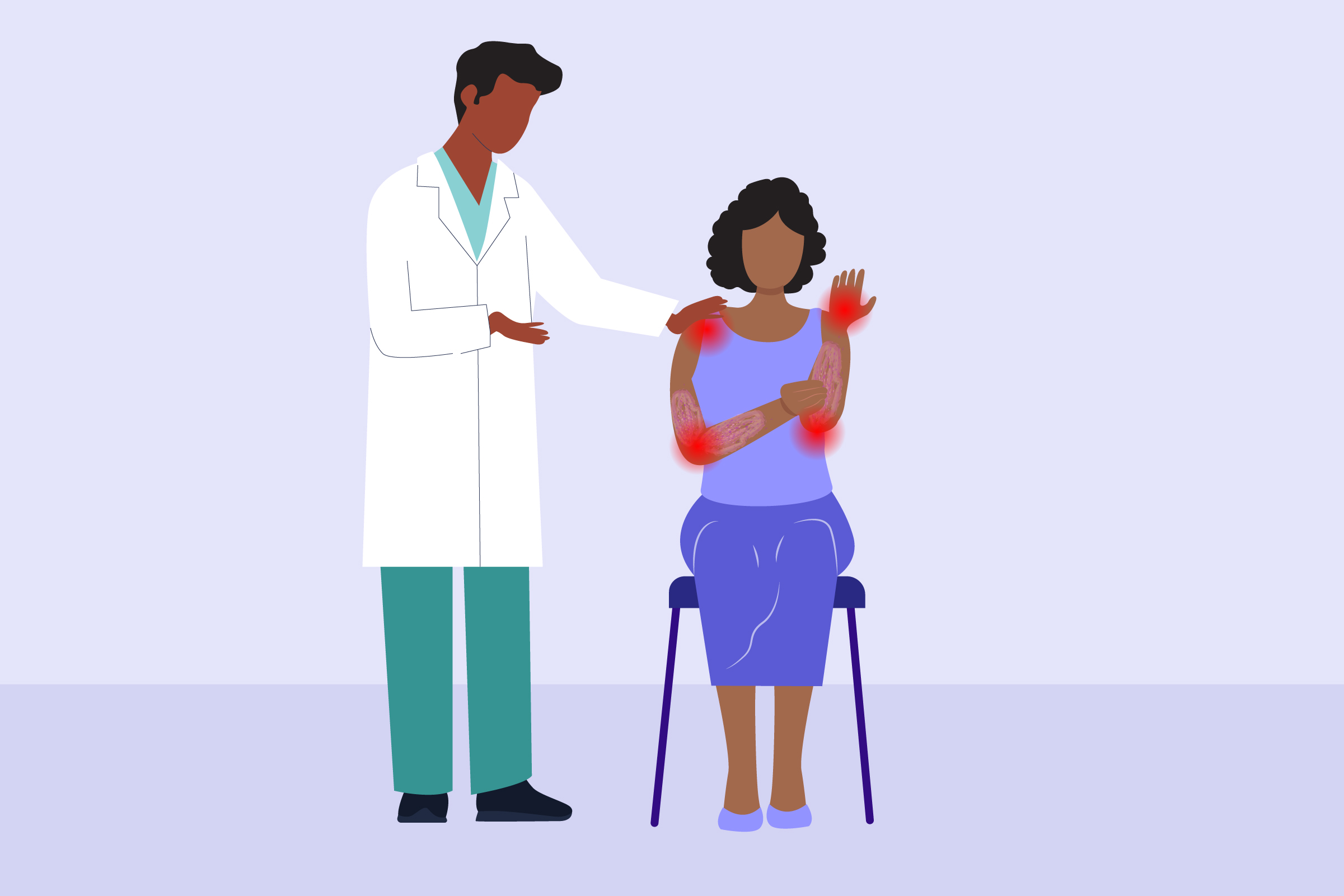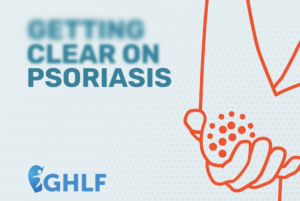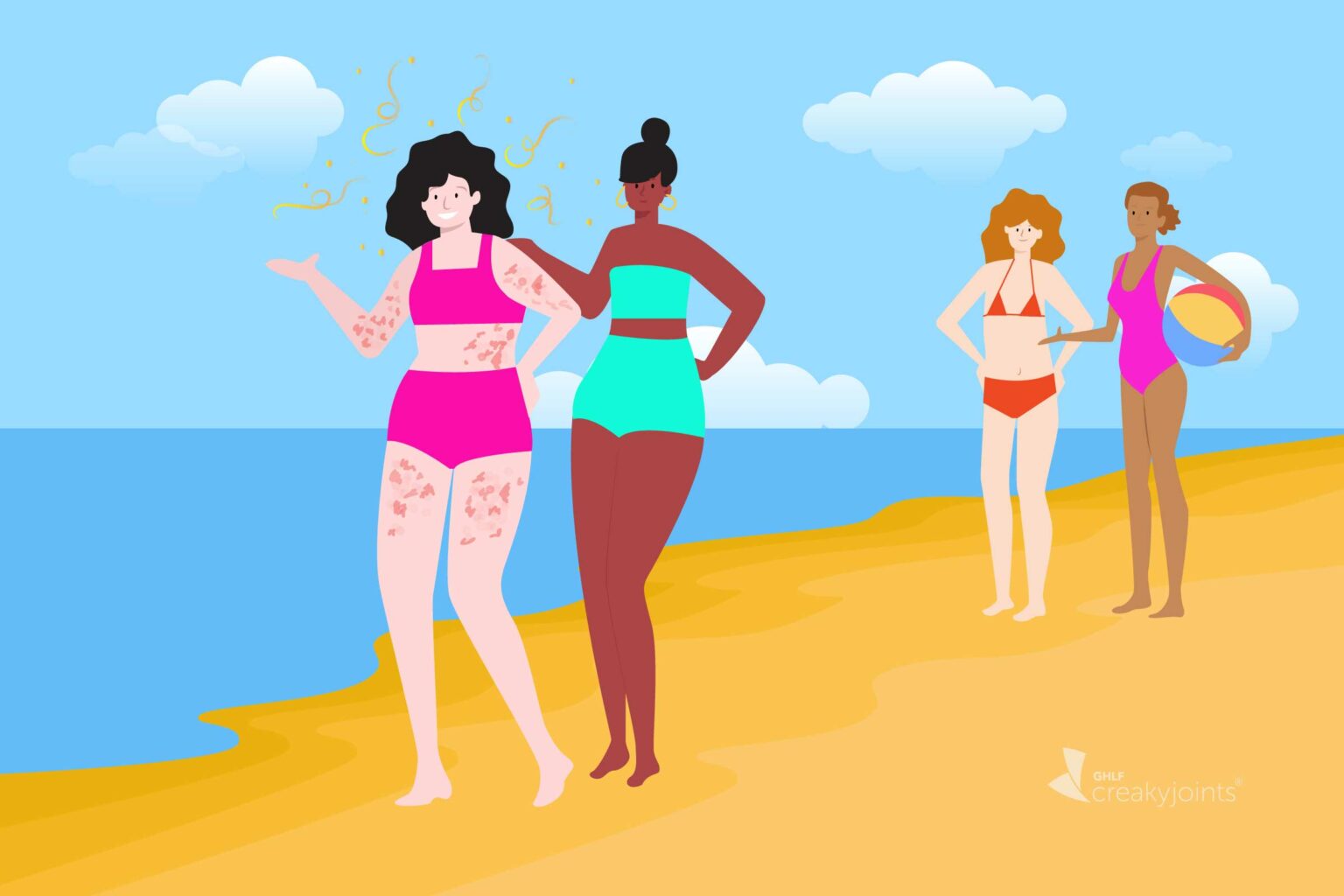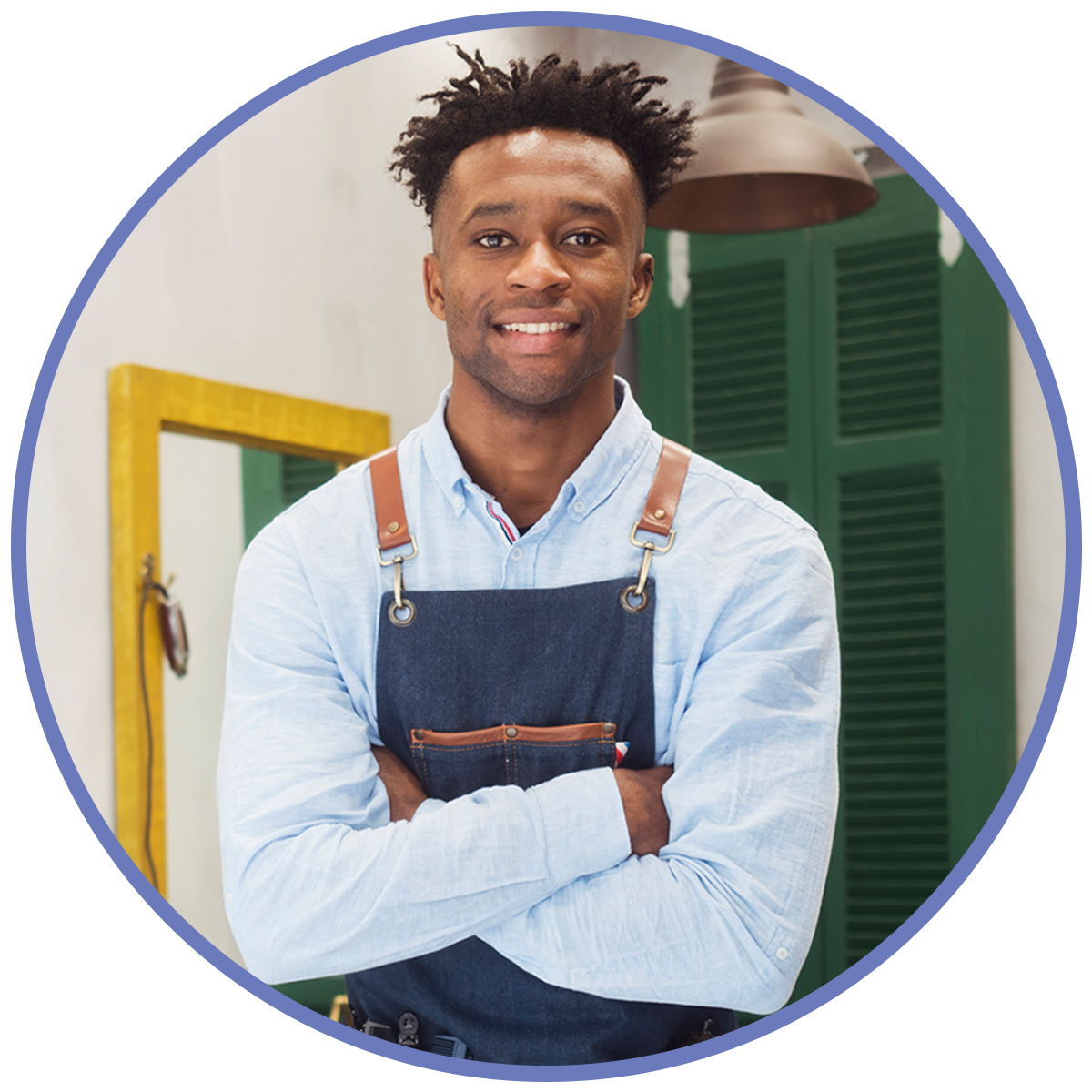Dermatology Hub
The Global Healthy Living Foundation creates education campaigns for patients and caregivers with skin and scalp diseases. Patients worldwide come to our sites seeking education, support, advocacy, and patient-centered research. Our programs empower our community to advocate for themselves, create a better relationship with their care partners, and take control of their symptoms so they can prevent long-term complications and manage daily life.
We have compiled highlights of this work below:
HEROES Program
Health Education +
Reliable Outreach +
Empathetic Support.
The Global Healthy Living Foundation (GHLF) is pleased to help people make a difference in their community through our new, free, and unique program called Hair HEROES.
Hair HEROES was created by, with, and for stylists, salons, and barbershops, with input from patients and health care professionals. This free education and outreach program is designed to equip hair professionals to better support their clients living with scalp and other skin conditions.
As places of conversation, connection, and community, salons and barbershops can play a key role in the health and well-being of their clients. Our mission is to educate, empower, and engage with hair professionals around important health topics that they regularly encounter.
We recently attended one of the largest industry events in New York City to get thoughts on why a program like this is so important — for hair professionals and the clients they work with. The program is shaped to address the specific needs identifying via our survey as well as the many conversations we’ve had within the hair, beauty, and spa community.
Advocates for AlopeciaEczemaAtopic DermatitisSeborrheic DermatitisScalp Psoriasis
HEROES Program Goal: To empower hair stylists/salon/barber shops to become dermatology disease ambassador hubs.
Statistics
of stylists surveyed were interested in receiving free information about psoriasis, eczema, and/or alopecia to share with their clients
of stylists surveyed know what psoriasis is, but only 27% of the stylists often or always talk to their clients with psoriasis about the condition
of stylists interested in the HEROES program reported that, after receiving information about these skin conditions, they would suggest a client gets medical care if they have signs of a skin condition and are undiagnosed
of surveyed stylists know what eczema is, but only 35% of them often or always talk to their clients with eczema about the condition
Social Media Awareness
Hairstylists use Instagram to not only promote their business, but to engage with followers and give them their best hair tips and tricks.
- #Eczema has a reach of 1.5M with 7.9K interactions a week
- #Psoriasis has a reach of 1.3M with 15.6K interactions a week
- #Alopecia has a reach of 1.8M with 7K interactions a week














